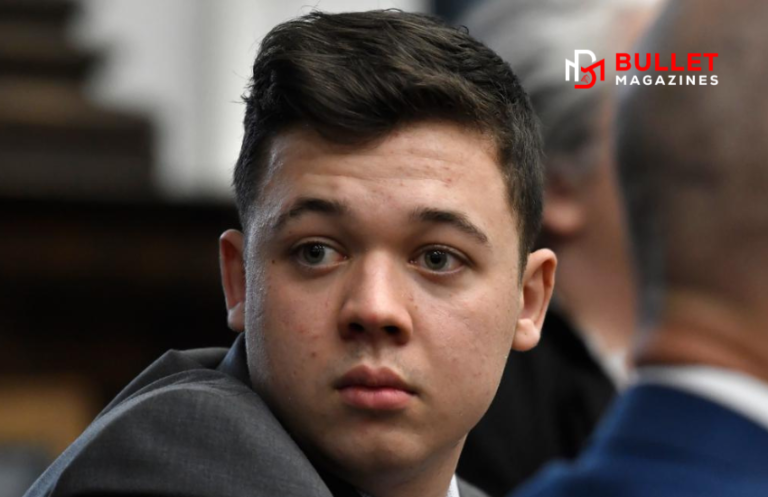The Kyle Rittenhouse case has ignited intense debate across the United States, touching on themes of justice, self-defense, and the role of armed individuals in public protests. This comprehensive article seeks to unpack the events leading up to, during, and following the trial of Kyle Rittenhouse. From the incident in Kenosha, Wisconsin, that thrust him into the national spotlight, to the trial that ended with his acquittal, we aim to provide a nuanced overview of the case and its broader implications.
The Incident
On a tense night in Kenosha, Wisconsin, amidst protests following the shooting of Jacob Blake, Kyle Rittenhouse, a 17-year-old from Illinois, shot three people, resulting in two fatalities. The incident, captured in widely circulated videos, raised immediate questions about the legality of Rittenhouse’s actions, the responsibilities of armed civilians, and the state of racial and civil unrest in America.
The Trial
Rittenhouse’s trial was a focal point of national interest, sparking debates on self-defense laws, the justice system, and societal divisions. The defense argued that Rittenhouse acted in self-defense, while the prosecution sought to portray him as an aggressor who had recklessly inserted himself into a volatile situation. The trial featured emotional testimony, including Rittenhouse’s own, where “Kyle Rittenhouse crying” became a significant moment, drawing mixed reactions from the public and media.
Who Did Kyle Rittenhouse Kill?
The incident led to the deaths of Joseph Rosenbaum and Anthony Huber and injured Gaige Grosskreutz. Each individual’s involvement in the events of that night has been scrutinized in the court of law and public opinion, contributing to the complex narrative surrounding the case.
Kyle Rittenhouse Verdict
The jury found Kyle Rittenhouse not guilty on all counts, a verdict that has since fueled ongoing debates about the legal system, gun rights, and social justice. This decision underscored the contentious nature of the case and its role in wider societal discussions.
Key Moments from the Trial
Significant moments within the trial, including “Kyle Rittenhouse crying,” the cross-examination of Gaige Grosskreutz, and the judge’s rulings, have been pivotal. These moments highlighted the emotional and legal complexities of the case, impacting public perception and legal analysis.
Where is Kyle Rittenhouse Now?
Following the trial, Kyle Rittenhouse has attempted to maintain a lower profile while still occasionally appearing in the media or on social platforms. His current activities and statements continue to be a point of interest and scrutiny, reflecting the lasting impact of his case.
Understanding the Impact
The Kyle Rittenhouse shooting and subsequent trial have prompted discussions on numerous fronts, including the right to protest, the use of force, and the polarized nature of American society. The case has also raised questions regarding media portrayal and public perception, notably influenced by figures like “Whoopi Goldberg” and others commenting on the trial.
FAQs
- What did Kyle Rittenhouse do?
He shot three people during protests in Kenosha, leading to two deaths. - Who did Kyle Ritten house kill?
Joseph Rosenbaum and Anthony Huber. - What was the Kyle Ritten house verdict?
Not guilty on all charges. - Where can I find the Kyle Ritten house shooting video?
It is widely available online but view with discretion. - Why was Kyle Ritenhouse crying during the trial?
His emotional response during testimony became a focal point of discussion. - What has KyleRittenhouse said about the incident now?
He has made several public statements, asserting self-defense. - How has public opinion been divided on this case?
Views vary widely, from seeing him as a self-defense advocate to a symbol of systemic issues. - What are the broader implications of the verdict?
It has fueled debates on gun laws, self-defense, and judicial fairness.
Conclusion
The Kyle Ritenhouse case remains a deeply divisive topic, symbolizing broader national debates on self-defense, gun control, and justice. As society grapples with these issues, the discussions generated by this case offer critical insights into the American legal system. Media influence, and the country’s ongoing struggle with division and reconciliation. This article aimed to provide a comprehensive overview, rooted in the facts and diverse perspectives, to foster a better understanding of the complex narratives at play.


